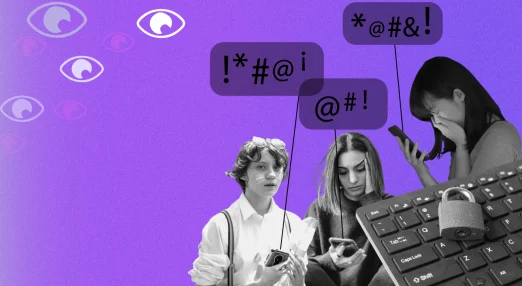
CYBER VIOLENCE
The study “Cyber Violence against Women and Girls” by the European Institute for Gender Equality explores the issues of digital violence in three forms: cyber stalking, cyber harassment, and cyber exploitation (EIGE, 2017).
According to the “Combating Digital Violence” project’s Digital Violence in Turkiye Survey, conducted by the Social Information and Communication Association, more than half of the 3.346 respondents experienced insults, swearing, and threats (50%), while 39% experienced harassment and 35% experienced stalking (TBİD, 2021).
Doxing, which involves researching, manipulating, and publishing private information about a person with the intention of embarrassing, exposing or targeting them in real life, is a violation of privacy.
This includes taking photos or videos of a person without their consent, as well as accessing, using, and manipulating these images. Sharing such content on digital media is also considered a violation of privacy.
One of the big problems with digital violence is that it can often go unnoticed by those who are affected by it. In a study conducted with female academics, video interviews were used to Show images containing digital violence. However, the interviewes did not realize that the content they watched contained violence.
